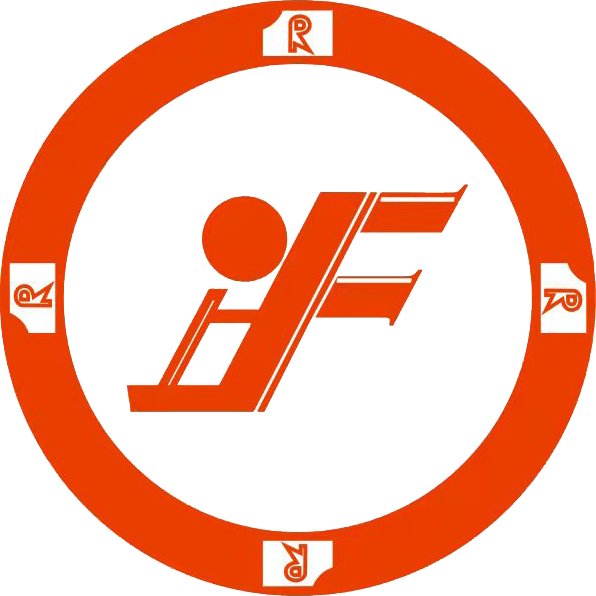The manufacturing industry in Russia is on the brink of significant transformation, especially in the sector of mold components. As industries evolve, the demand for high-quality mold manufacturing is increasing. This article explores the opportunities and innovations available in this sector, providing valuable insights for businesses operating within Russia.
The Current Landscape of Mold Components in Russia
In recent years, the landscape of mold components manufacturing in Russia has changed dramatically. With advancements in technology and growing industrial needs, the market is ripe for innovation. Significant investments in machinery and production techniques have allowed local manufacturers to enhance their capabilities. Moreover, the acceleration of digitization in production processes has paved the way for improved efficiency and quality.
The Russian mold manufacturing sector typically focuses on several key industries, including automotive, aerospace, and consumer goods. Each sector demands specific requirements for precision and quality control in mold production. Companies need to stay abreast of these evolving demands to remain competitive.
Opportunities for Growth in Mold Components Manufacturing
The Russian market presents numerous opportunities for growth in mold components manufacturing. Here are some essential factors driving this growth:
Local Demand: As industries within Russia expand, there is a corresponding increase in the need for high-quality mold components, creating a stable local market.
Technological Advancements: Innovative technologies, such as 3D printing and automated manufacturing processes, provide new ways to produce molds more efficiently and cost-effectively.
Government Support: The Russian government is increasingly supporting manufacturing through subsidies and incentives aimed at boosting local production.
Sustainability Practices: There is a rising demand for eco-friendly molds, offering opportunities to develop sustainable products that align with global standards.
Innovations to Watch in Mold Manufacturing
The mold manufacturing sector is witnessing a surge in innovations that can significantly enhance production capabilities and outcomes. Some noteworthy innovations include:
3D Printing: This technology allows for rapid production of complex mold geometries, reducing lead times and enabling customization.
Smart Manufacturing: The integration of Internet of Things (IoT) devices can enhance monitoring of mold production processes, ensuring real-time data collection and operational efficiency.
Advanced Materials: Use of new materials such as lightweight composites and advanced alloys is changing the design and longevity of mold components, offering better performance in harsh environments.
Automation: Automating production lines helps reduce labor costs while increasing production speeds, which is essential for meeting growing industrial demands.
Challenges in the Mold Components Manufacturing Sector
While opportunities abound, the mold components manufacturing industry in Russia also faces challenges. A few of the significant hurdles include:
Supply Chain Disruptions: Ongoing geopolitical tensions may impact the stability of supply chains, making it essential for manufacturers to develop resilient sourcing strategies.
Skilled Workforce Shortage: The demand for skilled labor in advanced manufacturing may outpace supply, creating a bottleneck in production and innovation.
Compliance and Quality Standards: Adhering to international quality standards can be challenging for local manufacturers, which affects their competitiveness in global markets.
Conclusion
The mold components manufacturing industry in Russia is positioned for considerable growth and innovation. With increased local demand, ongoing technological advancements, and governmental support, businesses in this space have numerous opportunities to thrive. However, they must also navigate challenges such as supply chain disruptions and workforce shortages. By leveraging innovations and focusing on quality, manufacturers can capitalize on the evolving market landscape to ensure sustainable growth.
FAQs
What are the primary industries for mold components in Russia?
The primary industries include automotive, aerospace, and consumer goods.
How is technology influencing mold manufacturing?
Technological advancements such as 3D printing and automation are drastically improving efficiency and customization capabilities in mold manufacturing.
What challenges do mold manufacturers currently face in Russia?
Some challenges include supply chain disruptions, a shortage of skilled labor, and the need to comply with international quality standards.
Mold Components Manufacturing for the Russian Market Opportunities and Innovations
